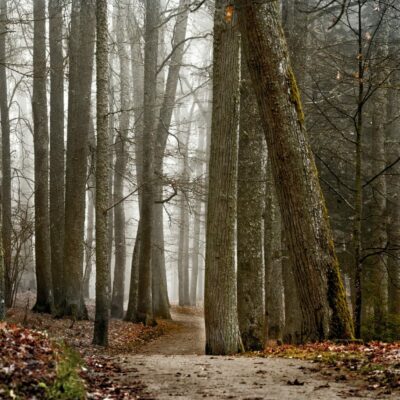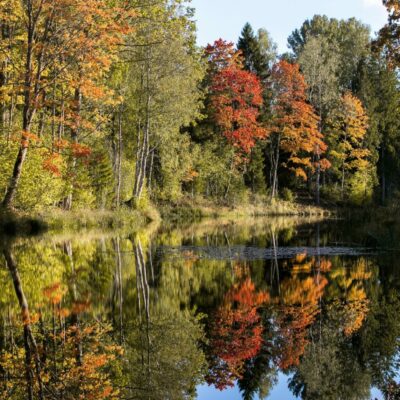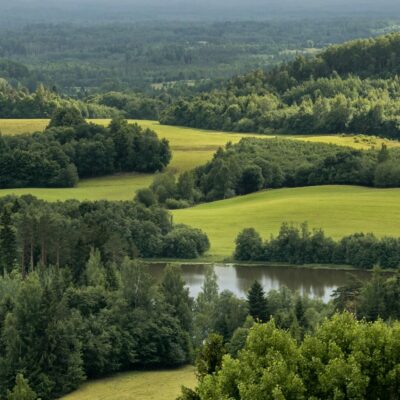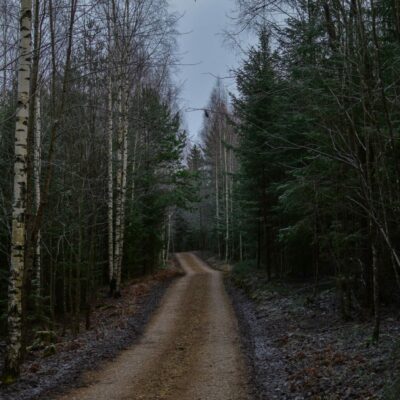Forests cover 472 ha or 63% of the total territory of the nature reserve. Mostly, they are new or average-age coniferous, deciduous or mixed forests that have formed from overgrown agricultural lands, meadows and pastures after World War II, but there are also old spruce and mixed forests. In total, there are 5 forest biotopes recognised in the nature reserve which are noted in Annex 1 of the EU Habitats Directive: oak woods, mixed broad-leaved deciduous forests, boreal forests, deciduous swamp woods and forests of slopes and ravines. Forests of slopes and ravines as well as oak woods are quite rare in Latvia, but in the nature reserve “Korneti-Peļļi” they can be found in some parts of slopes and ravines, on the shores of Lake Pilskalna, Lake Dzērves and Lake Mellītis. All these forest habitats, except deciduous swam woods, are biologically varied and comply with the natural forest biotope standard. They make 28% of all the natural reserve forests. In some ravines of the reserve there are habitats protected in Latvia – oak, linden, maple and elm woods on the slopes with the incline of 450 degrees, and deciduous wet forests with the remote sedge. Small ravines are also biologically valuable. They provide habitats for the species that need dampness and permanent unchanging conditions. Not interfering in the persistent microclimatic conditions characteristic for the ravines and not carrying out any forestry activities there, the biological value of the ravines will increase. Natural forest biotopes and forests of slopes are significant.




